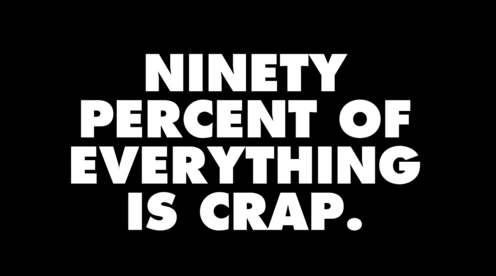Trauma centers generally design their trauma teams around the type and volume of injured patients they receive. There must be sufficient depth of coverage to handle multiple “hits” at once. But even the best planning can be overwhelmed by the occasional confluence of the planets where multiple, multiple patients arrive during a relatively short period of time (the “crunch”).
As the reserve of available trauma professionals to see new, incoming patients dwindles, it sometimes even becomes necessary to close the center to new patients. Once those who have already arrived have been processed, the trauma center can open again.
This scenario, while hopefully rare, unfortunately introduces a huge opportunity for errors and omissions in care. There is much more clinical activity, lots of patient information to be gathered and processed, and many decisions to be made. How can you reduce the opportunity for these potential problems?
Consider a “post-crunch” debriefing! Once things have quieted down, assemble all team members in one room. Systematically review each patient involved in the “crunch”, going through physical exam, imaging, lab results, and the final plan. It’s helpful to have access to the electronic medical record during this process so everything that is known can be reviewed. Make sure that all clinical questions are answered, and that solid plans are in place and specific people are assigned to implement them. And most importantly, make sure everything is properly documented. Remember:
“Work not documented is work not done!”
Once you’ve reviewed all of the incoming, don’t forget your patients already in the hospital. Significant issues may have occurred while you were busy, so quickly review their status as well. Chat with their nurses for updates. Make sure they are doing okay.
Then prepare yourself for the next “crunch”!
Related post:



